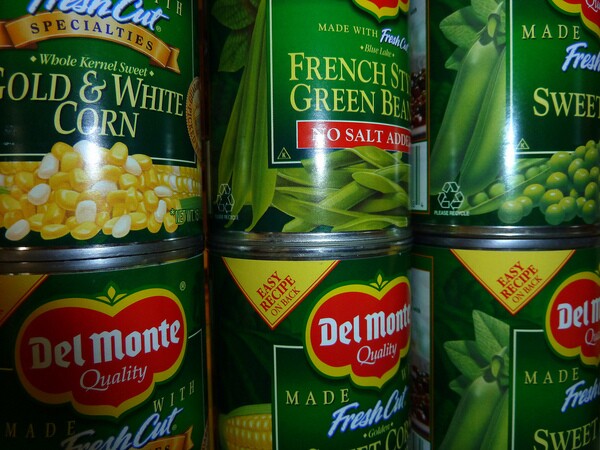No More Canned or Frozen Food for L.A. Unified School District

In an effort to provide students in the Los Angeles Unified School District with healthier food options, the second largest district in the country is eliminating canned and frozen food items from its menus, according to the Los Angeles Times. Students will no longer be able to eat items like chicken nuggets or corn dogs. Instead, they will have the option to choose from locally grown produce.
Over the past few months, students have been taste testing the potential menu items from hummus with a whole wheat pita, to ancho chile chicken on noodles and a quinoa salad. The district has been negotiating with food contractors for fewer processed foods and also working with fewer companies to provide students with better meal options.
"What we laid out for these companies was: Anything you sell for school lunch, we don't want any of it," said deputy director of food services for L.A. Unified David Binkle. "We want restaurant-quality food."
L.A. Unified feeds 650,000 meals daily to students within the district.

Regina Graham is a graduate student at the University of Southern California's Annenberg School for Communication & Journalism, which has partnered with KCET-TV to produce this blog about policy in Los Angeles.
The photo used on this post is by Flickr user krossbow. It was used under a Creative Commons License.


